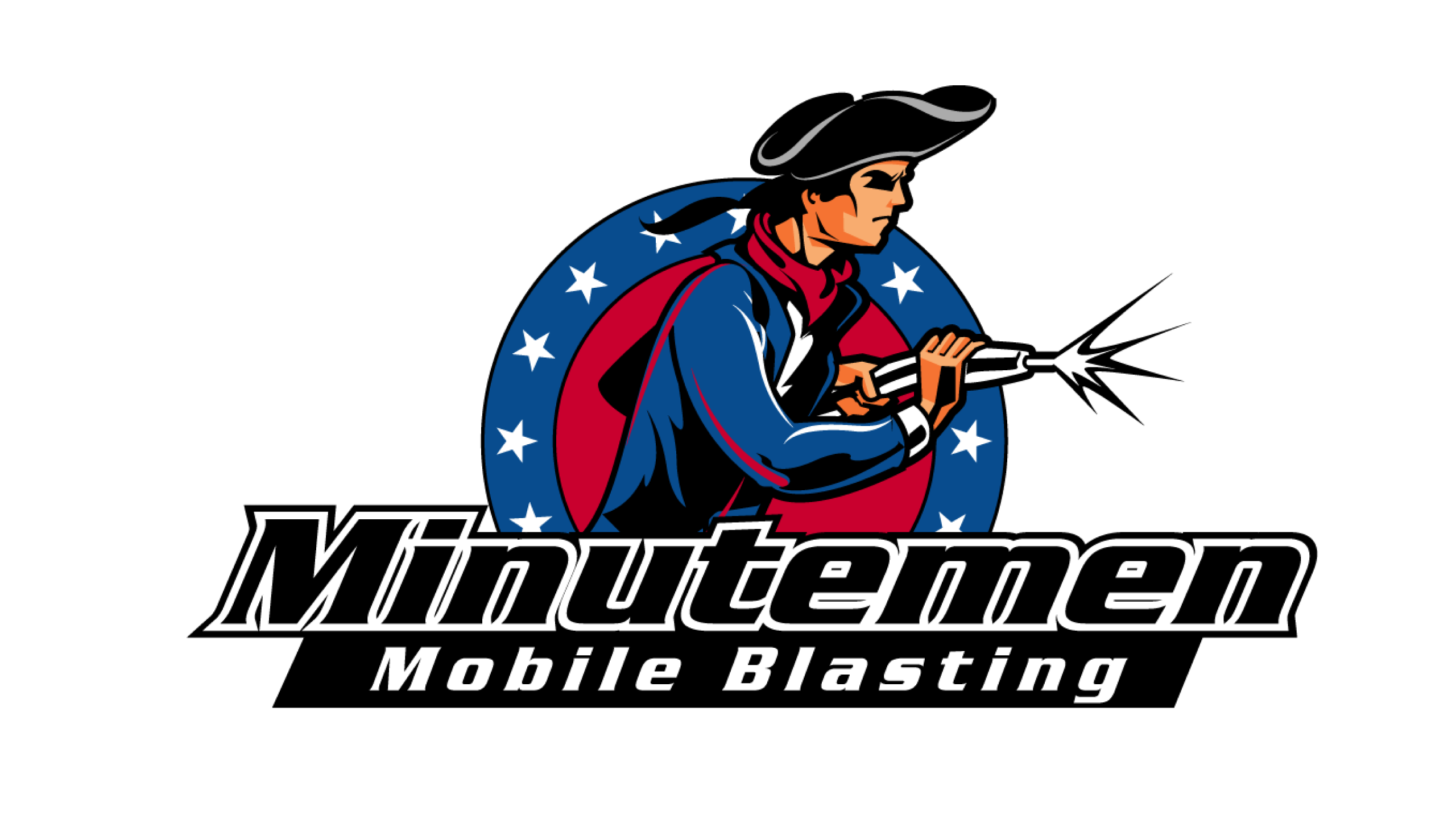Dustless Blasting vs. Traditional Methods: What’s the Difference?
If you have used exterior paint removal services or hired a graffiti removal service provider before, you probably noticed that the company used sandblasting or soda-blasting methods to complete the job. These techniques were the go-to back then since they were highly effective in removing dirt, rust, paint, and other substances and leaving surfaces perfectly clean. However, while these traditional methods are still popular, they are no longer the only option! Vehicle owners, property owners, and businesses can now opt for dusting blasting services.
How They Work
Abrasive blasting methods are used to clean, shape, and texture various surfaces. They rely on equipment that uses compressed air to propel tiny particles of abrasive material. Sandblasting was traditionally completed using silica sand, although other materials can be used. One example is sodium bicarbonate, or baking soda, which has led to the term “soda-blasting.”
Dustless blasting uses the same principle as the other two methods. However, what makes it different is that it uses water to propel the abrasive material instead. This is why dustless blasting is also called “wet abrasive blasting.”
Why Dustless Blasting Is Better
Dustless mobile blasting has become increasingly popular compared to traditional blasting techniques since it provides a wide range of benefits. These include the following:
1. It has low dust production levels
The most significant benefit is that it produces less dust than sandblasting, soda-blasting, and other traditional methods. This comes from the fact that the water emitted and the abrasive materials effectively trap the dust produced by the blasting process. This is highly important since less dust means a significantly lower risk of respiratory issues and other health problems.
2. It prevents metal from warping
Sandblasting is often used to remove paint, rust, and grease from cars and other metal surfaces. The problem with this is that the abrasive particles create too much heat and friction, which can warp metal and cause it to become deformed and damaged. Thankfully, this isn’t an issue with dustless blasting since the presence of water lowers the metal’s temperature, ensuring that the surface can be successfully cleaned without causing any damage to it.
3. It’s better for plants and grass
Like dustless blasting, soda-blasting is more gentle on metal surfaces since it uses particles that are less abrasive. However, while sodium bicarbonate won’t harm your car, it can significantly damage plants. That is because it uses alkaline mixtures that change the pH balance of soil when absorbed by it. This is why soda-blasting should never be used in areas with foliage and why dustless blasting is highly recommended for projects that have to be done on or near lawns and gardens.
4. It prevents surface damage
One downside of sandblasting is that the abrasive materials make it easy to remove not just rust, dirt, and paint but also the upper layers of the surface that are being cleaned or shaped. The abrasive particles can also stick to the surface, causing it to become contaminated. Fortunately, dustless blasting eliminates this problem with the use of water, which lubricates the surface and cushions the impact of the abrasive particles. Opt for dustless blasting if you want to remove old automotive paint, clean graffiti from walls, or restore your boat’s appearance without causing surface damage.
Compared to traditional blasting methods, dustless blasting offers many more benefits. It is often the ideal solution for a lot of projects. Don’t worry; finding the right provider for this service isn’t difficult! Simply search for “dustless blasting near me,” or if you’re in Massachusetts, New Hampshire, or the surrounding areas, reach out to Minutemen Mobile Blasting, LLC. and let our team assist you. We use advanced dustless blasting technology to meet our customers’ surface preparation needs and exceed their expectations. Give us a call today!




